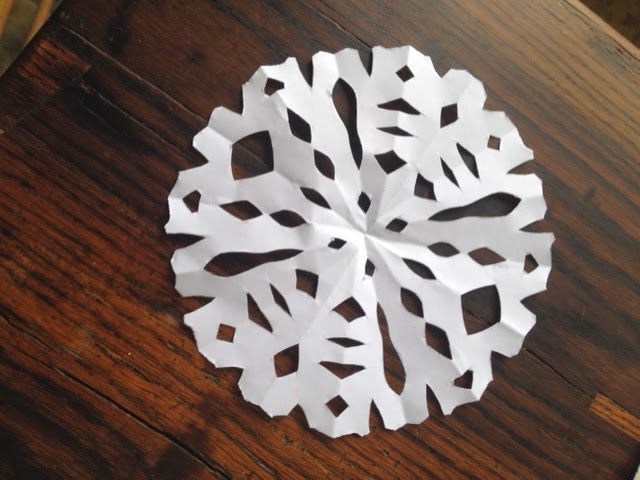Readers of this column might recall that I am partial to crows and in
the habit of feeding them in the morning – a cup of dog kibble, a few slices of
bread, scraps from the previous evening’s meal. As eccentricities go, this
one’s harmless enough, amusing spectator sport as the ritual must be for the
neighbors, and a ready source of ridicule for family and friends when I get carried
away. “Is that for me?” a loved one asks as I paint a slice of bread with
peanut butter. He frowns in jest. “I didn’t think so.”
They like peanut butter sandwiches, the crows, though pepperoni pizza is
a clear favorite, and a chicken carcass with some meat left on the wings and
thighs can send them into a mild delirium.
Recently they made short work of the remains of an Italian sub, refusing
however to touch the lettuce and tomato. They care not about a balanced diet.
Charles Livingston Bull
"Away up on the top of a mountain, he made a house for North Wind."
Illustration for "Old Crow and his Friends" 1918
In mid-December, when temperatures plummeted so quickly and so low, my
handful of faithful crows disappeared.
Driving about that week, I saw a huge flock some miles south of my home,
and assumed that with the frigid weather the coterie who came for breakfast had
decided to take shelter with their comrades.
While they were elsewhere, I must admit, I felt strangely bereft.
The few resident blue jays happily filled their seats at the table; suddenly
they were joined by nearly three-dozen ravenous starlings that invaded the property,
nosily buying up real estate in the branches of nearby maples and the old
majestic birch.
But the crows were gone. I fed the starlings, disappointedly at first,
then discovering that they, too, provided a fascinating spectacle as they
descended upon the feeder in waves, six at a time, elbowing out the
competition, launching into altercations over leftover macaroni and cheese, devouring
or carrying away morsels of whatever stale carbohydrate remnant I’d tossed out.
One morning, a lone massive crow returned. He surveyed the scene from
the top of a tall pine as I brought out some bread and tore it into hunks. The
starlings watched, too, as did those few jays, but waited as the giant swooped
down, grabbed a crust in his impressive beak then flew off. Only some time later, when perhaps they
decided the coast was truly clear, did the smaller birds dig in.
Eventually, three or four of the usual suspects started appearing again.
Often just one would swoop by the feeder to check out what was on the menu;
more than occasionally the meal was deemed unworthy and the crows -- no doubt resourceful over the summer and
fall, their caches too well stocked to be tempted by mere breadcrumbs -- would hold court high in a tree for a
short time before absconding with maybe a single bite. After a respectful interval, the starlings
would again feast, the jays and the single pair of cardinals wintering over
flitting about for scraps.
Crows, I have read, recognize faces; they can distinguish between
strangers who might be trouble and the crazy lady who sets out treats for them
each morning. I alas cannot tell a single crow from the next, except in a few
cases where size, odd plumage, or a dragging wing has set one apart. And I’m
not daft enough to romanticize. But I do
wonder about this one imposing fellow who nearly always appears not long after
dawn, less fearful and more curious than the others, who doesn’t depart at once
when I direct my gaze to him and say hello.
These last cold months, I’ve kept a smaller feeder going, tossing into
it handfuls of sunflower seeds and cracked corn to round out the nourishment of
the jays and the infrequent visiting chickadee. Needless to say, the starlings
discovered this feeder, too, turning it into something of an avian Grand
Central Station. Hanging from a precariously anchored shepherd’s hook, it dangles
inches from a kitchen window, providing a showcase of bird behavior in return
for a little patience and stillness.
Bradford Torrey, 1901
On the last day December, I noticed one
blue jay hanging about at dusk. All of
his friends were tucked in for the night, but he roosted, shivering, near the
house, on a low branch of the old birch.
He dove to that small feeder and hunkered down, his feathers plumped
against the cold, his head turned inward and resting on one wing.
I thought I could bring him inside, where at least he’d be warm. I was
inches away from the feeder when he woke and fluttered off. Later in the evening, I saw that he had
returned and taken up the same position and stance, finding some small comfort
I hoped within the gentle light and whatever heat came through the leaky window
frame.
In the morning, from his sentinel’s perch in the tall pine, that one
vigilant crow watched as I took the jay from the feeder to the far corner of the
garden and buried him in the snow beneath the cedar hedge. He continued to
watch as I walked back toward the house.
As I reached the door and looked up to him once again, he let go of his
grasp and flew away.
This column appears in the March 2014 issue of The North Star Monthly. Take a look at their site:









